Why Raising Kids Now Feels Completely Different From a Generation Ago
Over just a few decades, the landscape of parenting has been transformed by advances in technology, evolving societal norms, and changing daily routines. Parents today navigate a world of constant connectivity, increased academic pressures, and heightened awareness of mental health. These seismic shifts mean raising kids now is a fundamentally different journey than it was 20 or 30 years ago, impacting everything from family dynamics to how children experience their formative years.
1. Technology’s Pervasive Influence
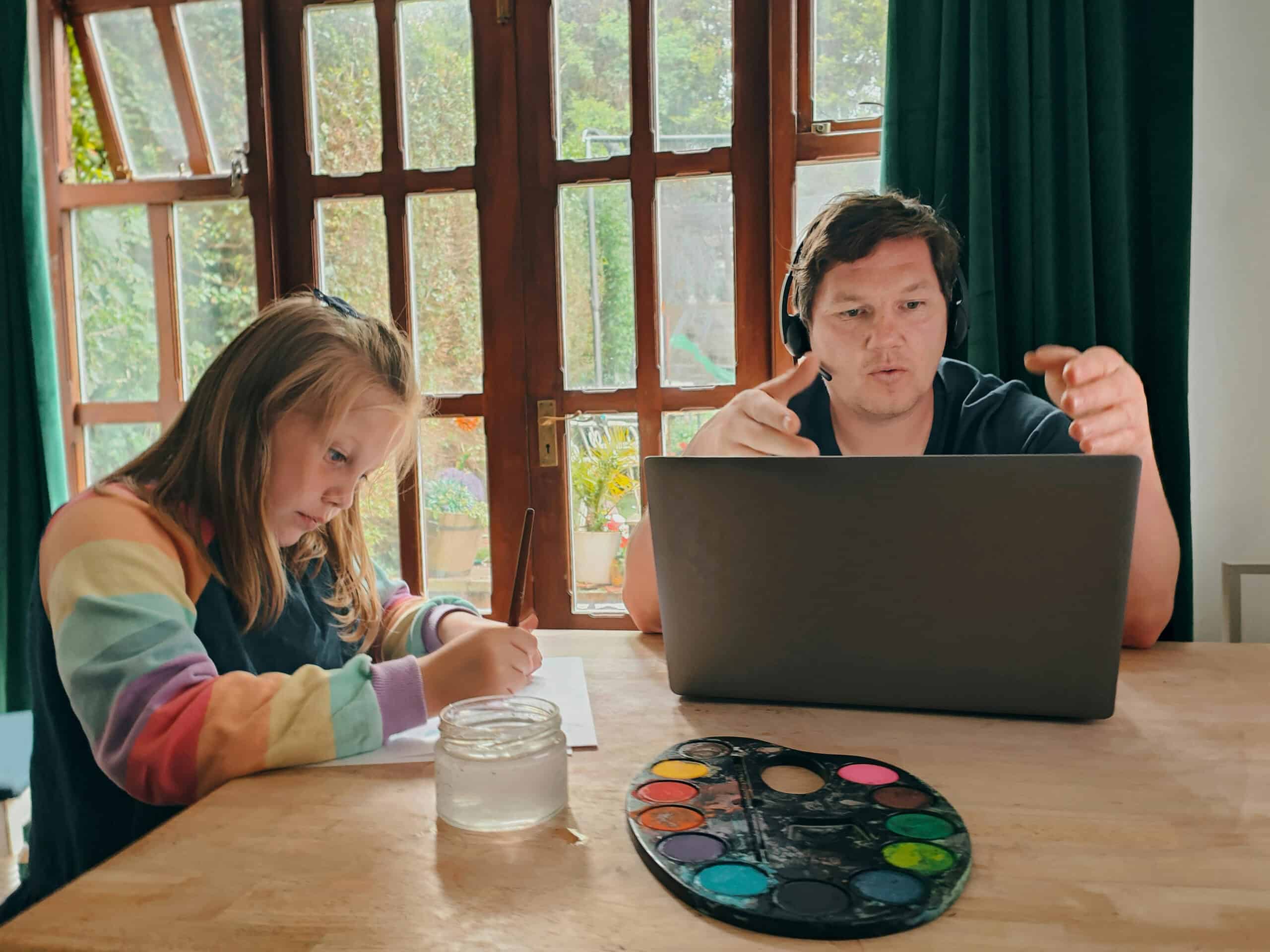
A generation ago, children’s screen time was limited to Saturday morning cartoons or computer labs at school. Now, smartphones, tablets, and the internet are present at every turn, shaping how kids learn, socialize, and entertain themselves. Constant connectivity exposes children to new opportunities and risks, creating challenges for parents trying to balance digital engagement with healthy boundaries and real-world experiences.
2. Social Media Pressures
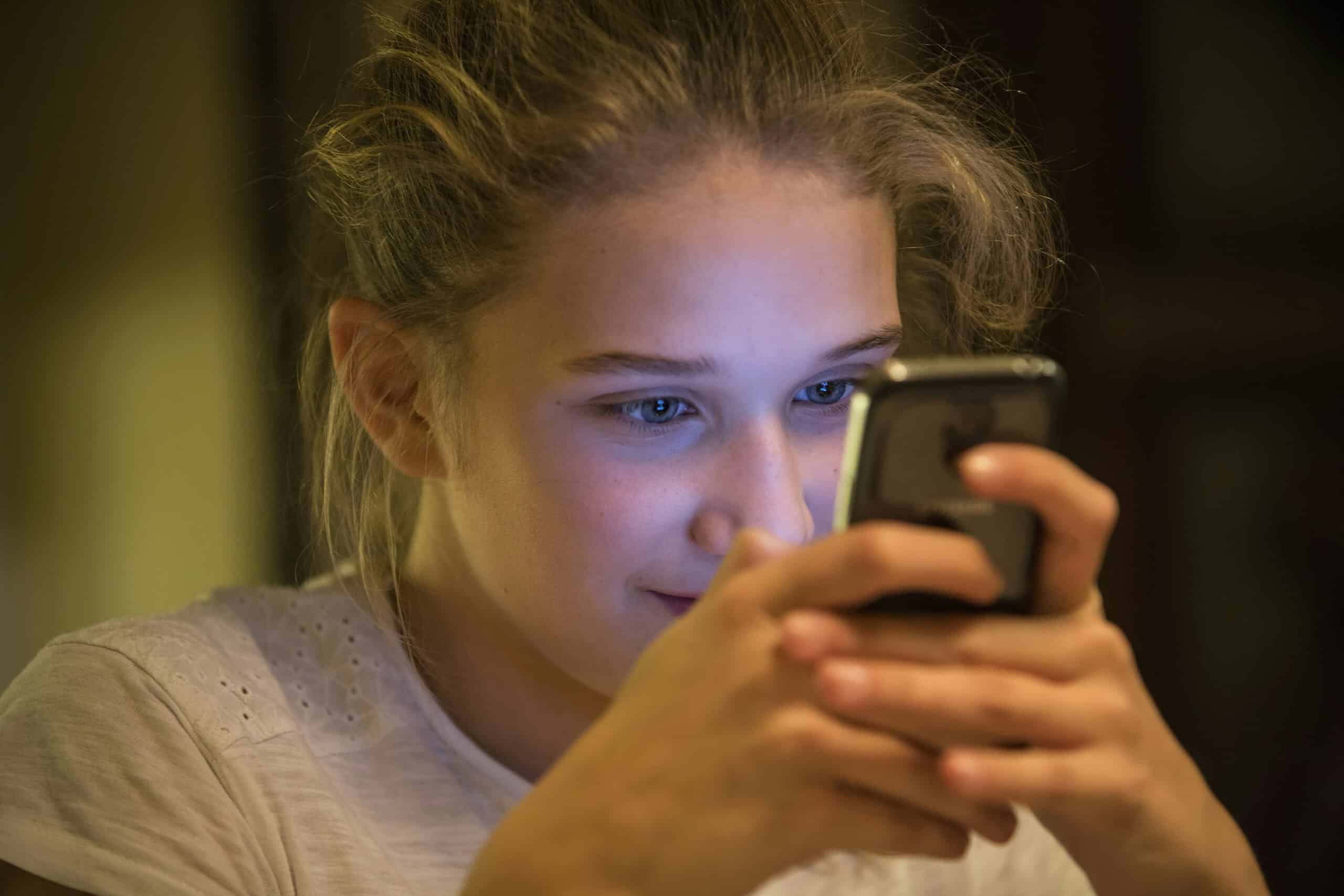
Today’s kids grow up with social media as a central part of life, influencing self-esteem, friendships, and even daily interactions within families. Unlike the private childhoods of the past, children now navigate a world where their milestones and missteps are often shared publicly. This constant exposure amplifies peer pressure, shapes identity, and introduces new complexities that parents from previous generations never had to manage.
3. Increased Academic Expectations
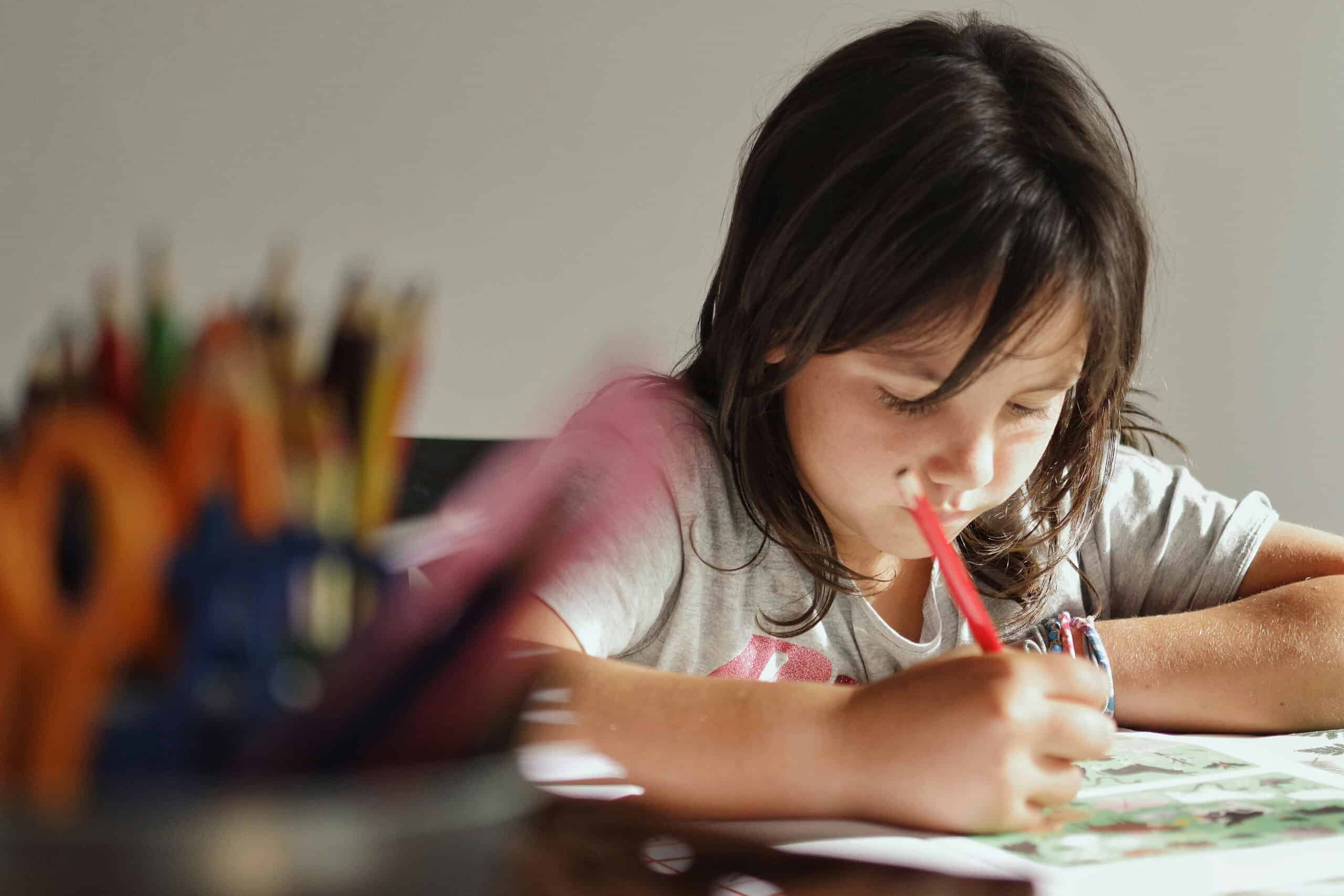
In recent years, the academic landscape has shifted dramatically, with standardized testing, early academic tracking, and heightened competition for college admissions placing immense pressure on children. Unlike the more relaxed, exploratory learning environments of the past, today’s students often face rigorous schedules and high expectations from a young age. This shift can impact not only academic performance but also stress levels and overall well-being, leaving parents to navigate a far more demanding educational climate.
4. Shift in Parenting Styles

Parenting approaches have evolved from the greater autonomy of ‘free range’ childhoods to today’s more intensive, hands-on parenting styles, such as helicopter and snowplow parenting. Once, kids roamed neighborhoods with minimal supervision; now, many parents closely oversee activities, academics, and social interactions. This increased involvement aims to protect and guide, but it can also limit children’s independence and problem-solving skills, reflecting a significant shift in how parents balance safety with fostering self-reliance.
5. Changing Family Structures

The traditional nuclear family is no longer the only norm. Today, blended families, single-parent households, and same-sex parents are increasingly common, reshaping the landscape of childhood. These diverse family structures bring unique strengths as well as new challenges, from navigating co-parenting dynamics to addressing societal attitudes. Raising kids now often means adapting to a broader definition of family and the varied experiences that come with it.
6. Evolving Gender Roles
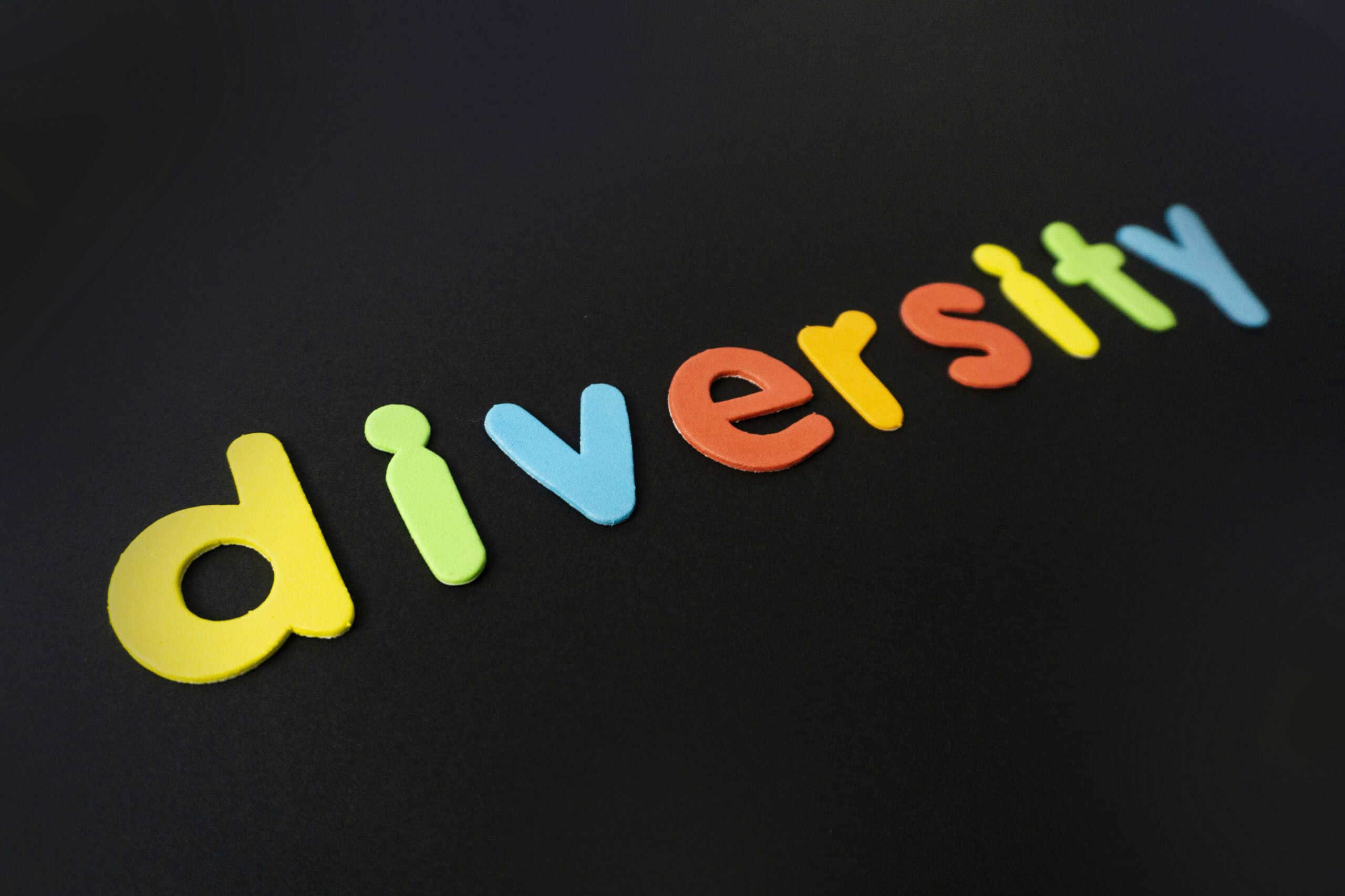
Children today grow up in a world where gender roles and expectations are far more fluid than in previous generations. Non-traditional family roles, diverse gender identities, and a broader spectrum of representation in media foster inclusivity and acceptance. As a result, kids are more likely to encounter and embrace varied gender expressions and career paths, challenging rigid stereotypes that once defined what it meant to be a boy or a girl.
7. Rise of Mental Health Awareness
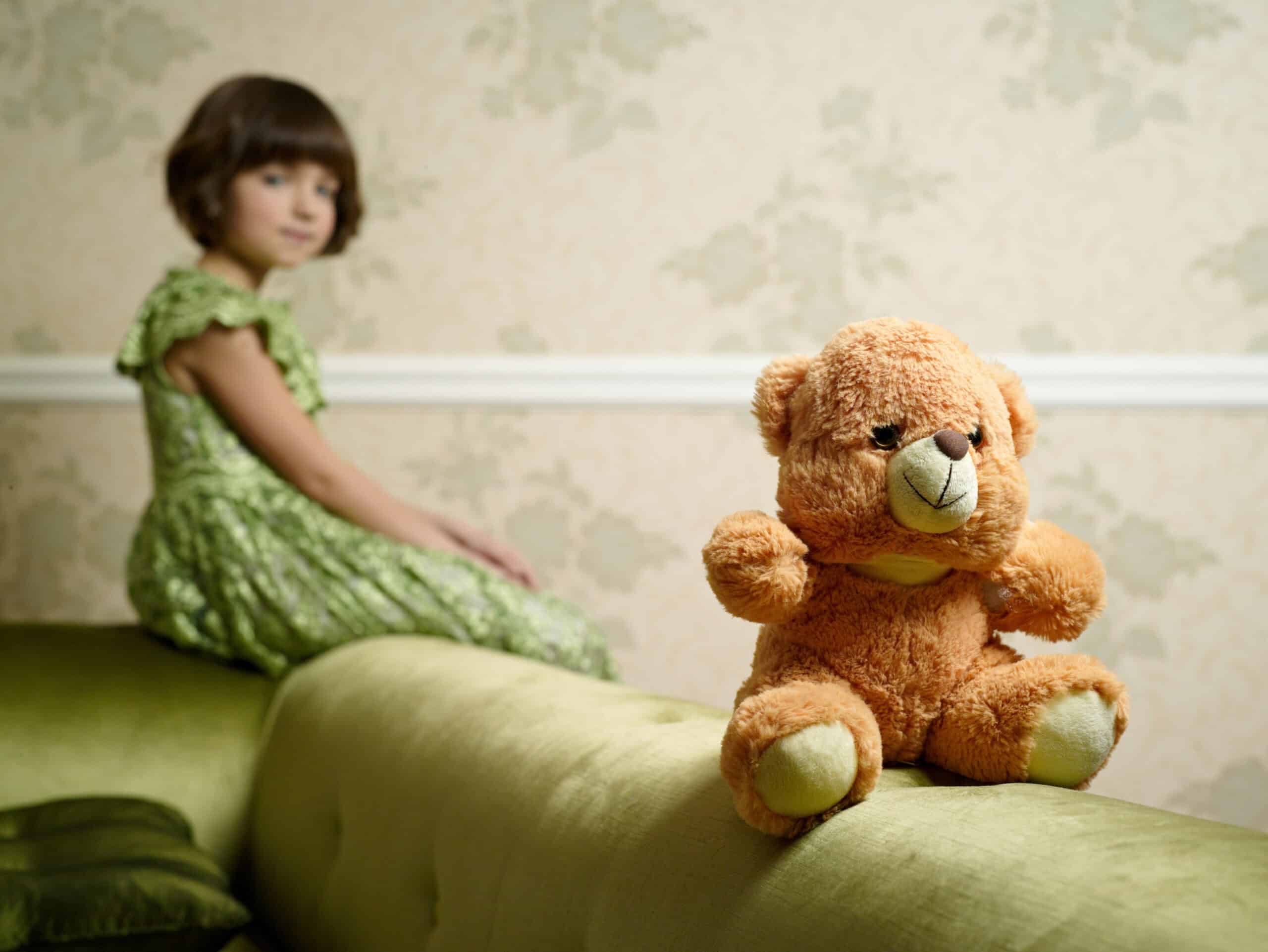
Mental health is now a central topic in parenting, with growing recognition of anxiety, depression, and emotional challenges among children and teens. Unlike a generation ago, when such issues were often overlooked or stigmatized, today’s parents and educators are far more proactive in seeking support and resources. This shift reflects a broader understanding that mental well-being is as important as physical health, encouraging open conversations and early interventions to better support young people’s emotional needs.
8. Safety Concerns and Overprotection
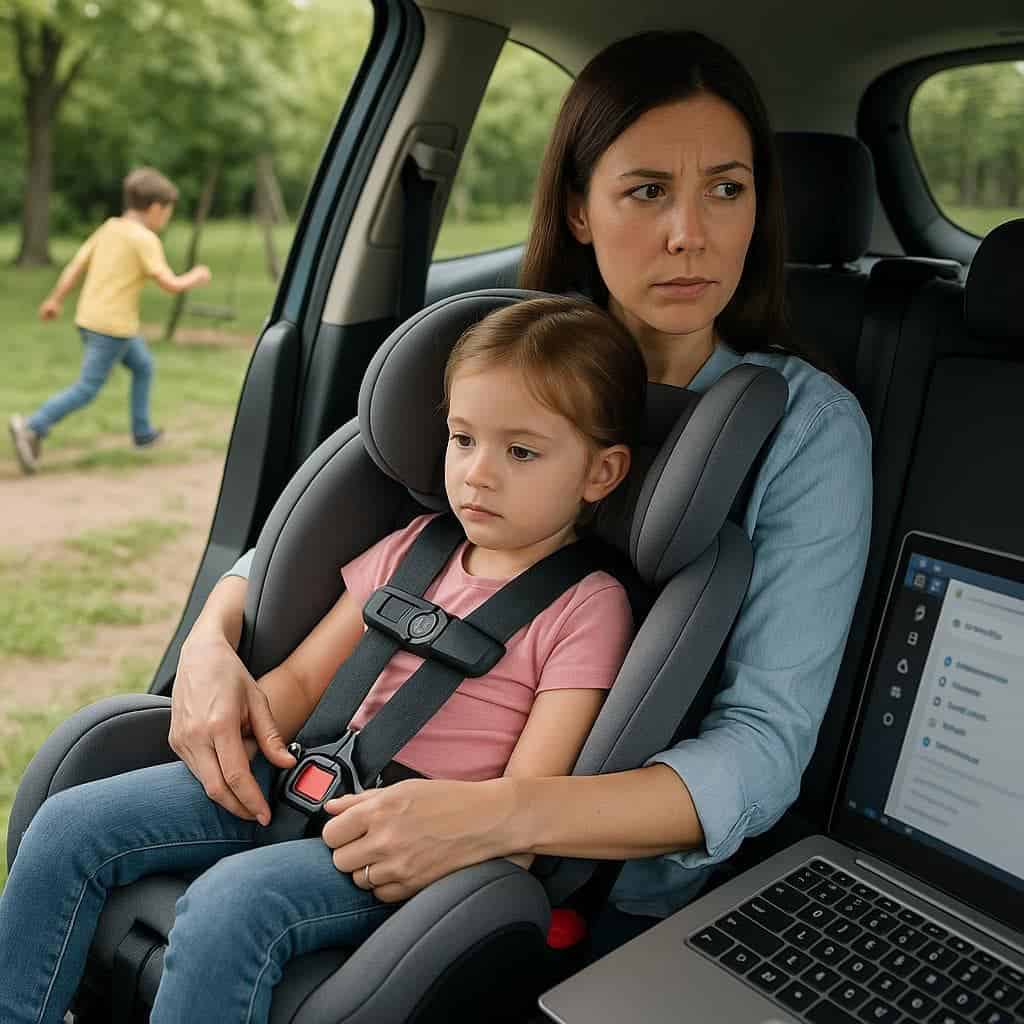
Heightened concerns about safety now shape nearly every aspect of childhood, from the rigorous use of car seats to constant monitoring of online activity. While these precautions aim to protect, they have also contributed to a decline in unsupervised play and independence. Compared to the more carefree upbringings of the past, today’s kids often experience greater restrictions, reflecting society’s growing emphasis on minimizing risk at every turn.
9. More Diverse Educational Choices
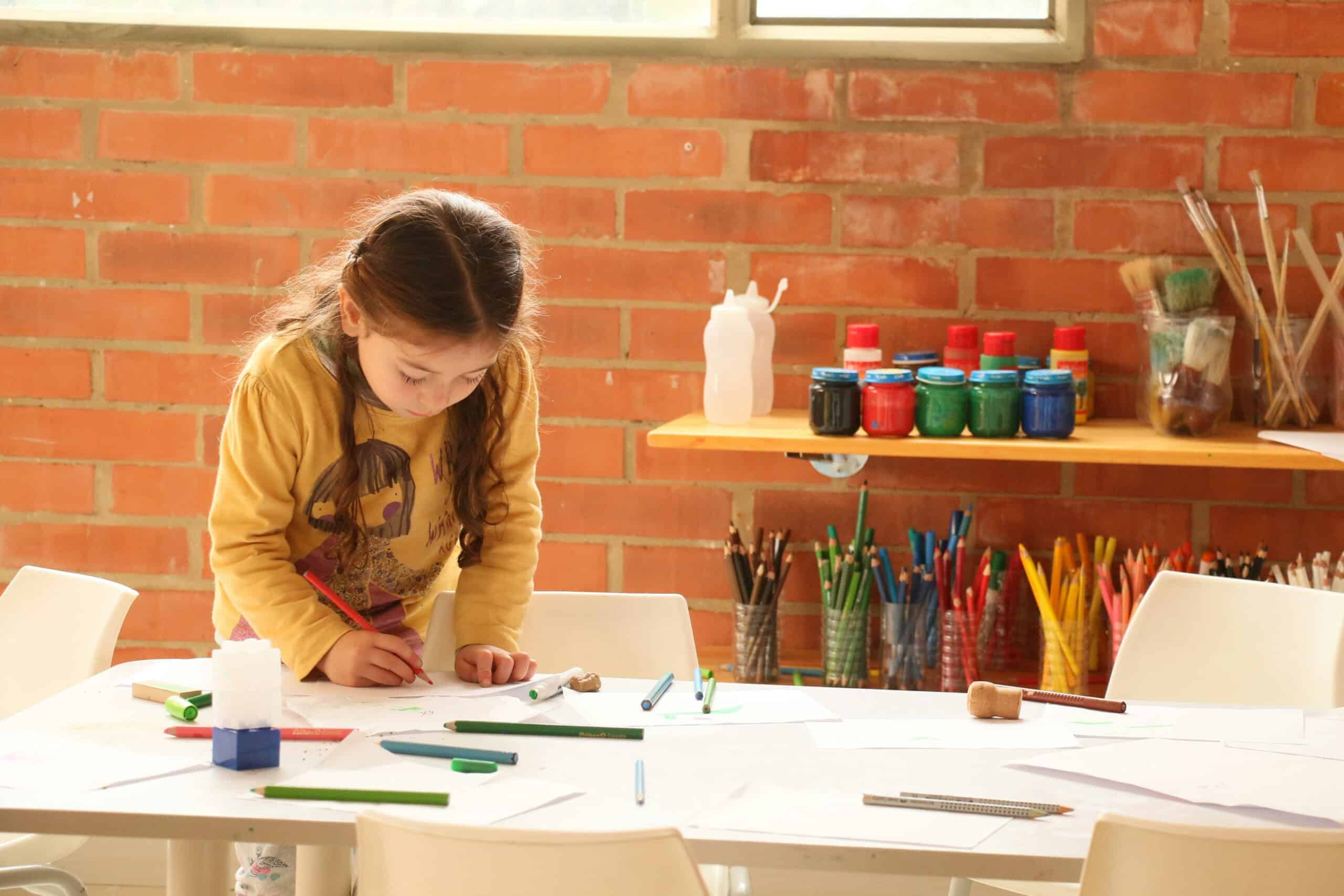
Today’s parents have a wider array of educational options than ever before, including homeschooling, charter schools, and alternative models. This stands in stark contrast to previous generations, when most children attended their local public school by default. These new choices allow families to tailor learning environments to their children’s needs, interests, and values, but also add complexity to decisions about education and community involvement.
10. The Impact of Climate Change Anxiety
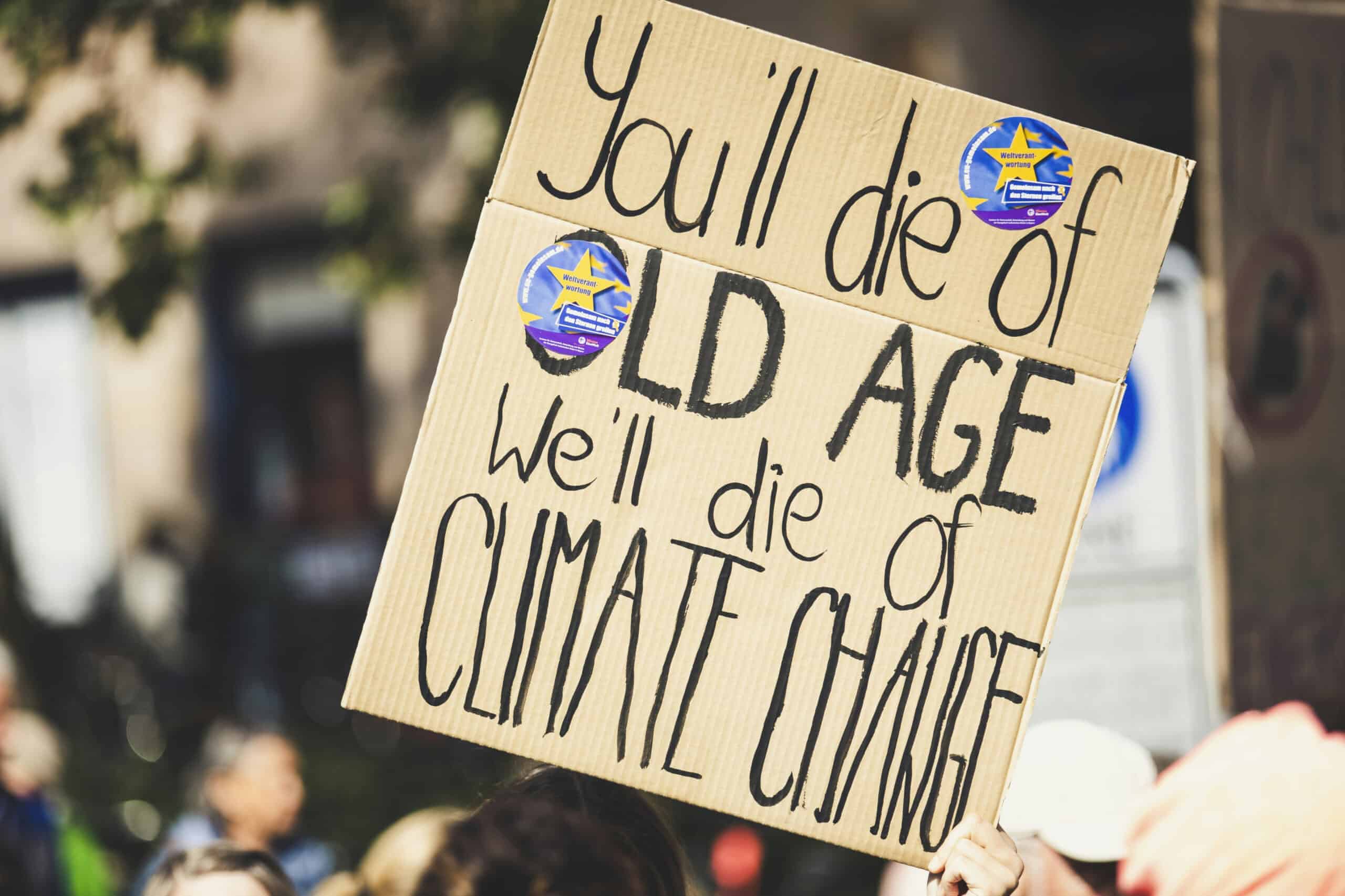
Environmental issues and climate change anxiety are now woven into the fabric of childhood. Many kids are acutely aware of global warming and ecological threats, shaping their perspectives and influencing family choices from recycling to travel. This new level of concern, largely absent a generation ago, means children today often grapple with uncertainty about the future, prompting parents to address complex topics that once rarely entered family conversations.
11. Busier Family Schedules
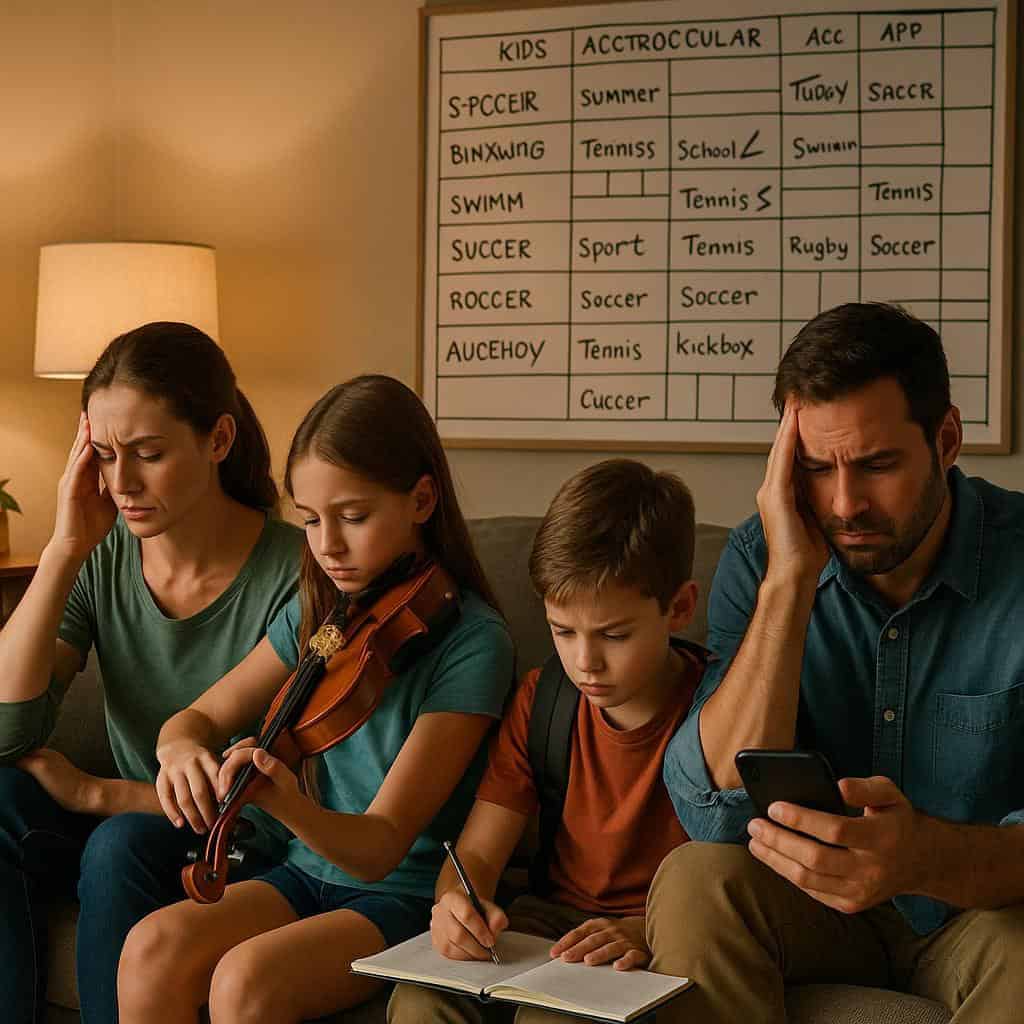
Modern families often find themselves juggling packed schedules filled with extracurricular activities, lessons, and appointments. This contrasts sharply with the more unstructured, spontaneous free time that characterized childhood in previous generations. While these opportunities can enrich kids’ lives, they also leave less room for downtime and imaginative play, sometimes contributing to stress and family fatigue as parents strive to keep up with today’s fast-paced lifestyle.
12. Nutrition and Health Awareness
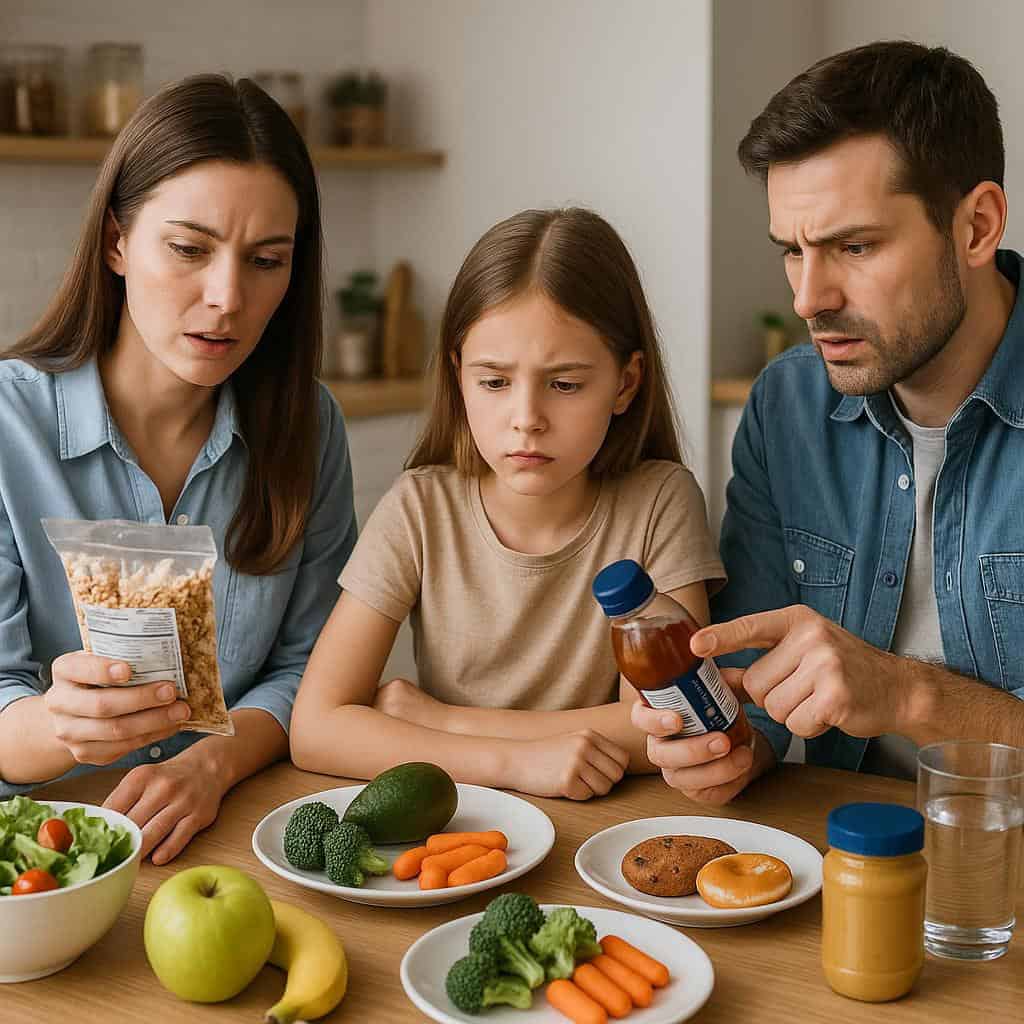
Parents today are more attuned to issues like nutrition, food allergies, and organic options than in decades past. The rise of health-conscious eating has led to increased scrutiny of ingredients and a focus on balanced diets, replacing the once-common reliance on processed foods and sugary snacks. This shift has improved awareness around children’s health but also introduced new challenges and anxieties as families strive to make healthier choices in a complex food landscape.
13. Changing Neighborhood Dynamics
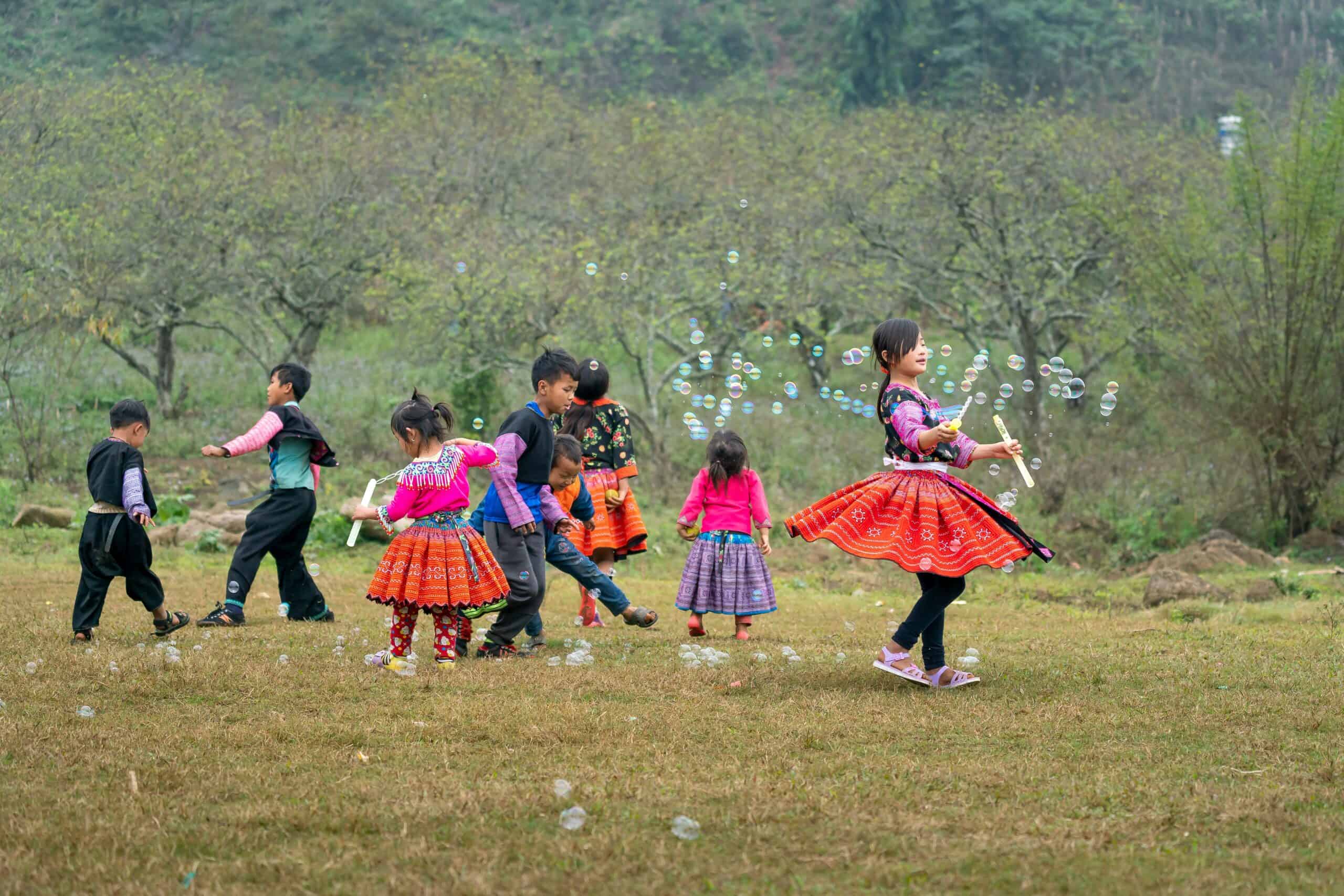
Community connections have shifted, with fewer families knowing their neighbors or feeling comfortable allowing children to play outside unsupervised. In previous generations, neighborhood kids often roamed freely and adults watched out for one another’s children. Today, concerns about safety and privacy, as well as busy schedules, have led to less interaction and a decline in the sense of communal responsibility that once characterized many American neighborhoods.
14. Erosion of Unstructured Play
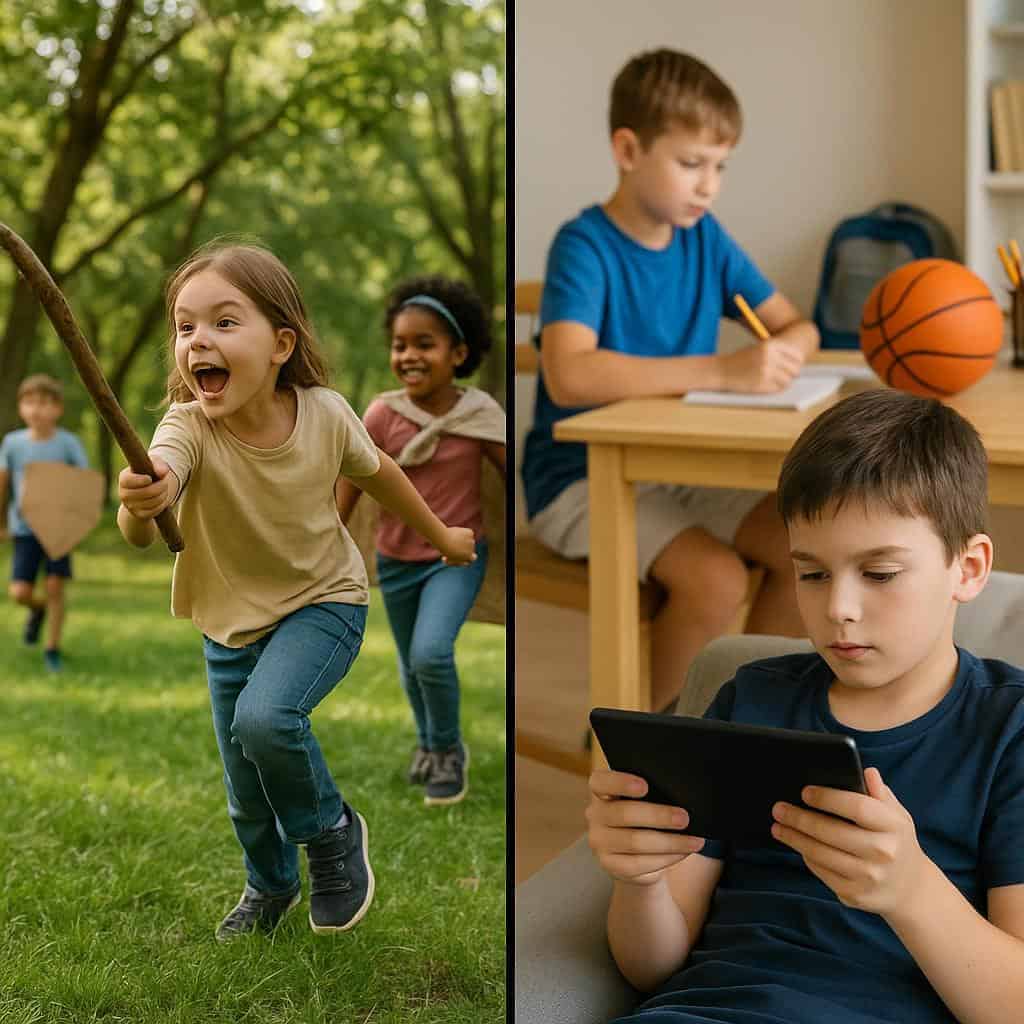
Unstructured, imaginative outdoor play has become increasingly rare, replaced by a mix of scheduled activities and digital entertainment. A generation ago, children spent hours inventing games and exploring outdoors, often without adult supervision. Today, the emphasis on organized sports, academic enrichment, and screen-based fun leaves little room for spontaneous play. This shift affects creativity, independence, and physical health, as kids miss out on the developmental benefits that come from free exploration and unstructured social interactions.
15. Greater Global Awareness
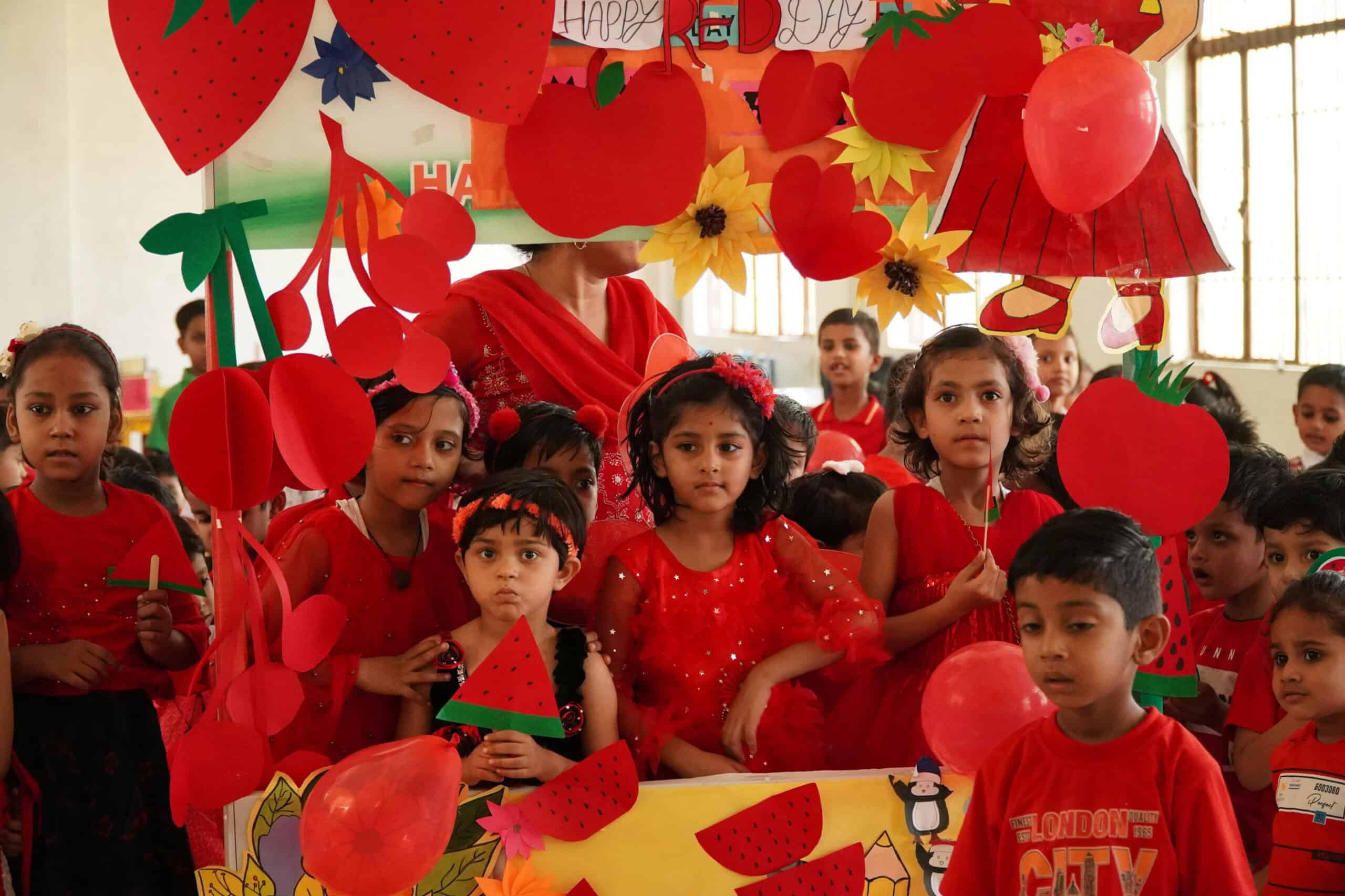
Children today are regularly exposed to global news, diverse cultures, and worldwide issues through digital media and school curricula. This constant stream of information gives them a broader, more inclusive worldview than that of previous generations, who were often limited to local perspectives. As a result, modern kids are more attuned to international events, social justice, and cultural diversity, shaping their values and sense of identity from a young age.
Conclusion
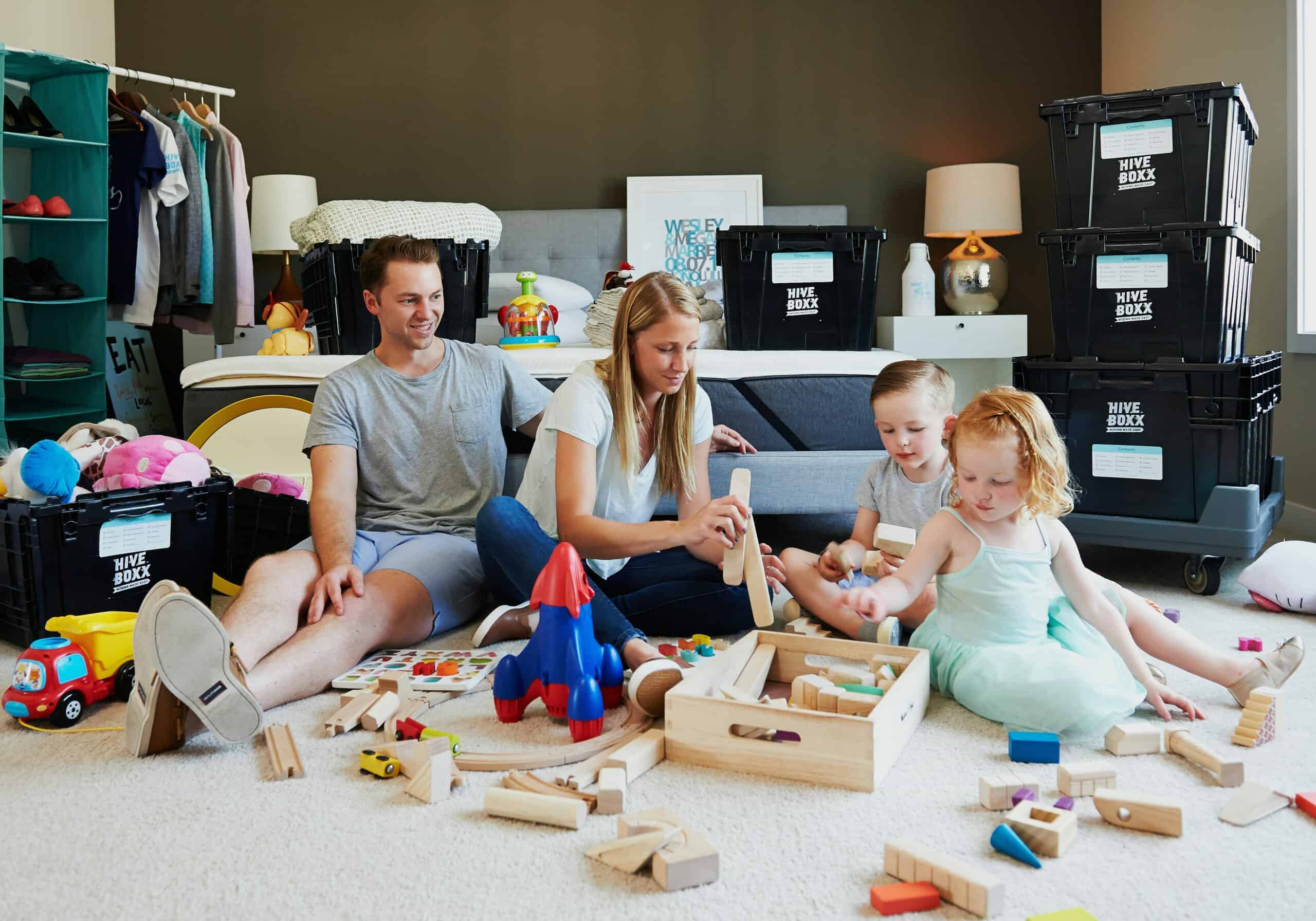
The experience of raising children today is shaped by rapid technological change, shifting social norms, and new pressures that set it apart from previous generations. From digital immersion to evolving family structures, these differences require parents to be more adaptable and empathetic than ever before. As childhood continues to evolve, embracing flexibility and understanding is key to helping kids thrive in this complex world. For further insights, explore resources from Child Mind Institute on modern parenting challenges.
.article-content-img img { width: 100% }




